Just as the electric car might not be a solution to pollution because of how its batteries are produced, smart homes might not be a solution for a greener world. Even worse, they could be ecological bombs.
In 30 or 40 years, when all the rivers have been polluted by rampant dumping of batteries, we’ll finally be told that electric cars were not the solution. It was predictable, and we knew it from the outset, but at the time it was a good thing for the global economy because it was necessary to make us spend money. However, alternative solutions existed. We could have massively expanded public transport in large cities, but this would have taken too long to implement, and the business model didn’t favor the car industry.
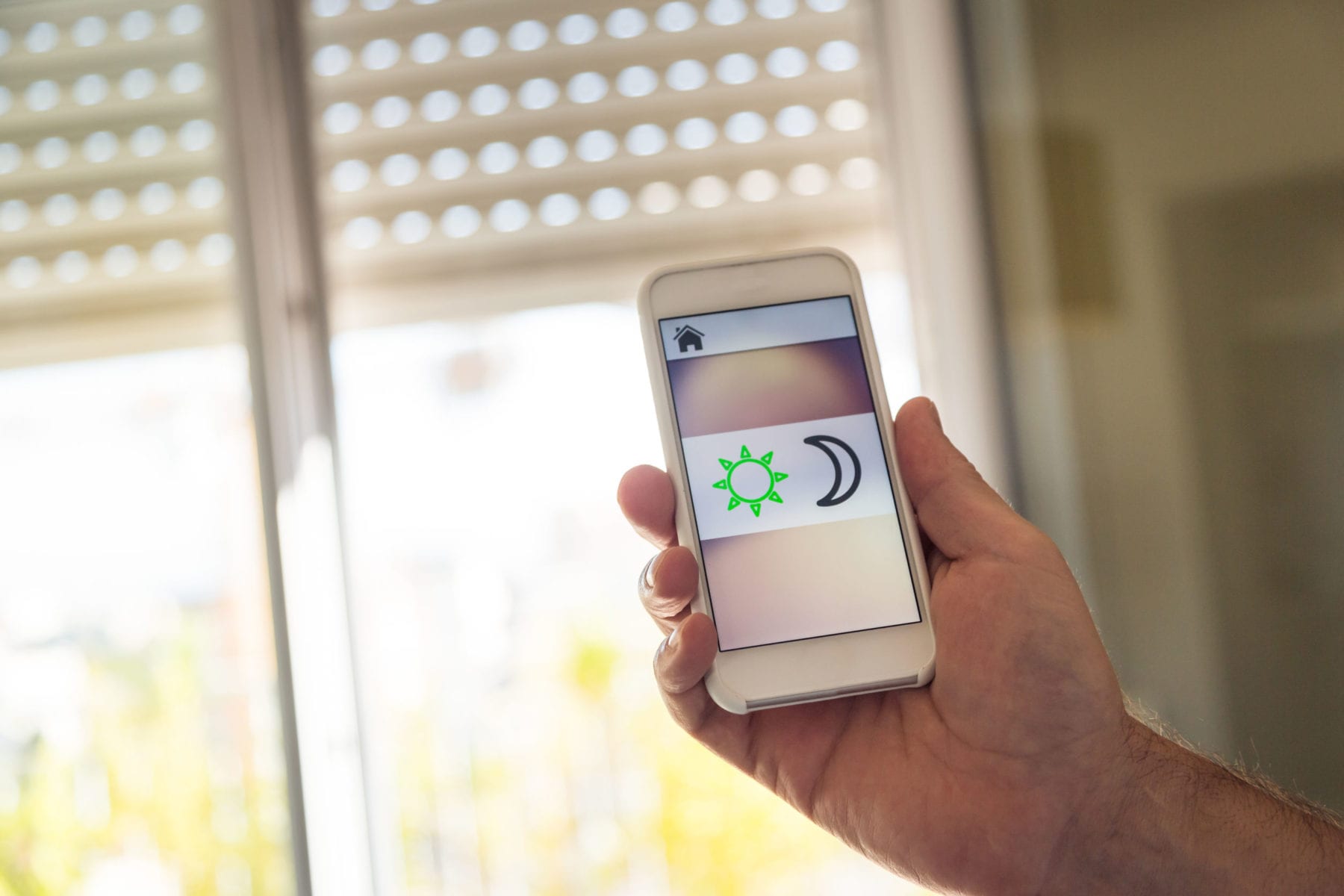 The problem with #SmartHomes is that they try to make us believe that with a connected thermostat spying on us and blinds that lower automatically when it’s sunny, we’ll save polar bears and please #GretaThunberg. We pretend to forget that most connected objects have a lifespan barely longer than a smartphone – and, like smartphones, we’ll have to change them regularly. Do you truly believe the consumer industry that mass-produces smart gadgets won’t force you to change your €99 video doorbell or your €120 battery-powered Wi-Fi surveillance camera every two years with another one that has the new “connected to Tic Toc” feature you can’t do without?
The problem with #SmartHomes is that they try to make us believe that with a connected thermostat spying on us and blinds that lower automatically when it’s sunny, we’ll save polar bears and please #GretaThunberg. We pretend to forget that most connected objects have a lifespan barely longer than a smartphone – and, like smartphones, we’ll have to change them regularly. Do you truly believe the consumer industry that mass-produces smart gadgets won’t force you to change your €99 video doorbell or your €120 battery-powered Wi-Fi surveillance camera every two years with another one that has the new “connected to Tic Toc” feature you can’t do without?
Even if we put aside this fashion phenomenon, where industrialists try to make everything “smart” despite common sense, there are basic parameters we have to take into account. Communications and security protocols constantly evolve and require constant hardware upgrades. Future versions of #Wi-Fi, #Zigbee, #Bluetooth, #Zwave, and other protocols and their security systems might not necessarily be compatible with the first devices released. And even if they are technically retro compatible, it might not be the case in terms of security. Hundreds of millions of connected products will regularly become obsolete as they evolve and end up being disassembled in developing countries, which are happy to collect our garbage as long as we know how to corrupt the right person in that country’s government.
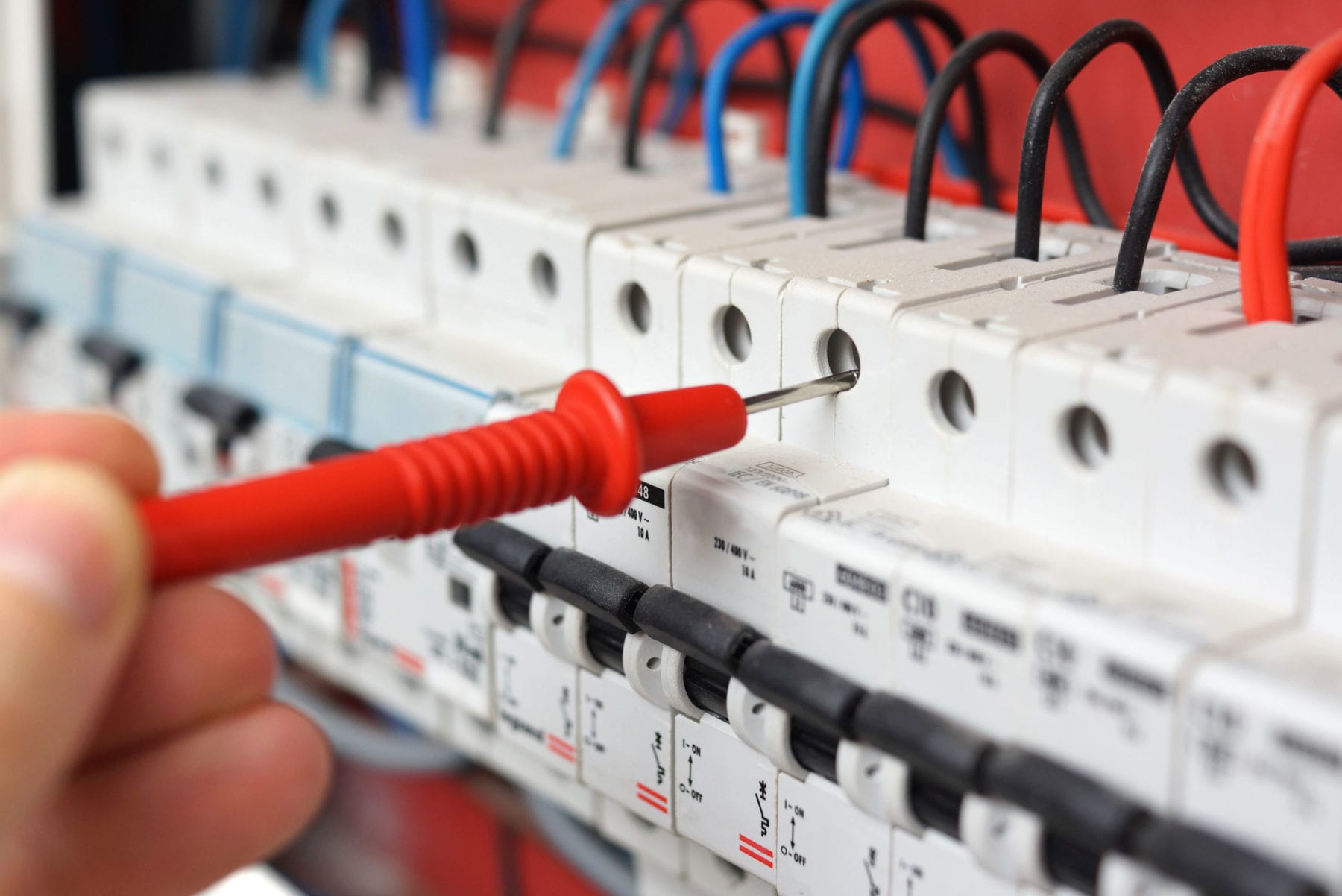
The building industry and manufacturers of electrical equipment and accessories such as #Legrand, #Hager, #SchneiderElectric, and others are developing products that by culture must last over time and rely on solid protocols (such as #KNX, for example). The problem is that industrial products made to last are interfaced with smart products with very short lifespans and that require constant updates that can make the system unstable.
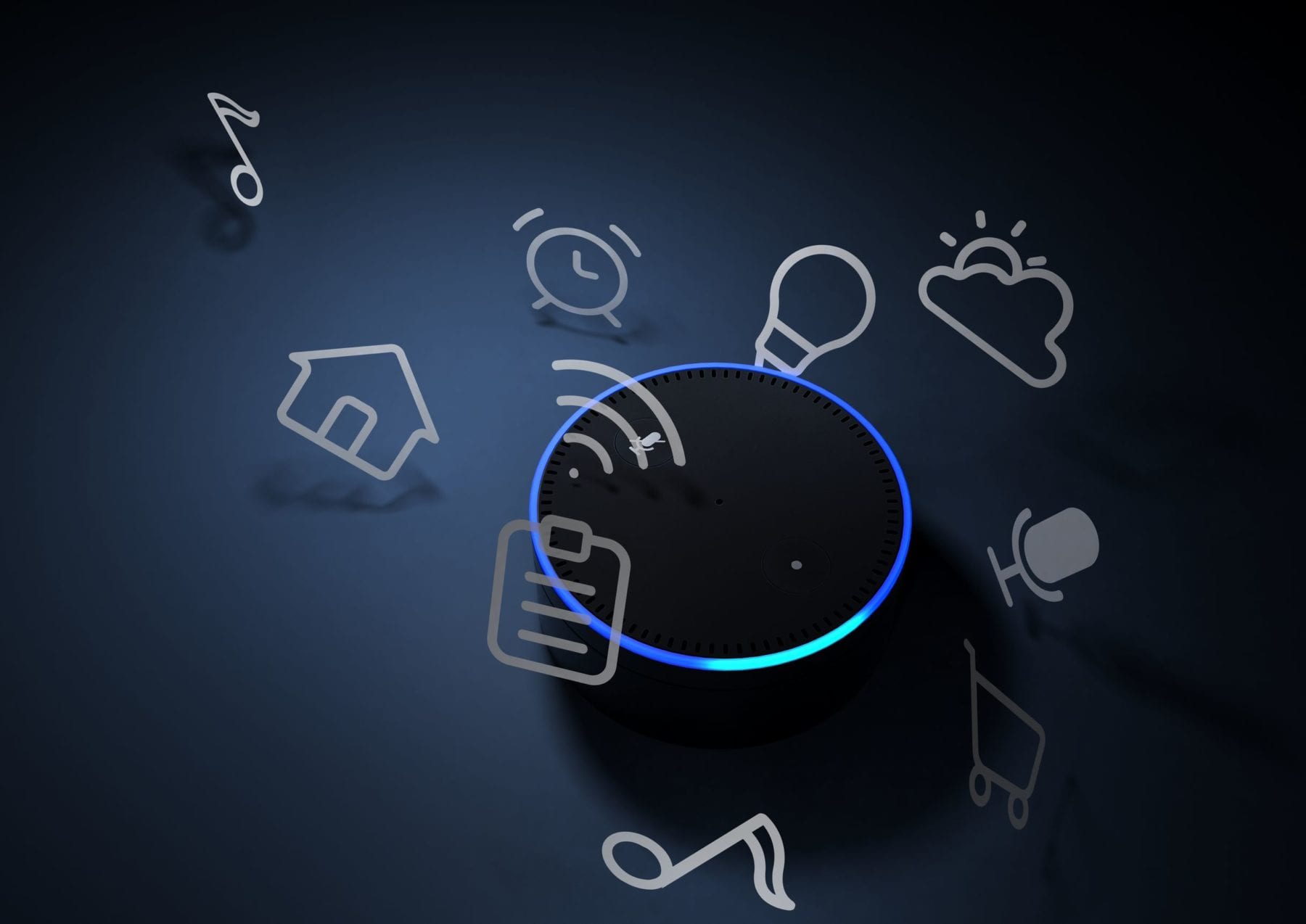 Didn’t the warning shot fired by #Sonos last year set your alarm bells ringing about this future ecological disaster? To Sonos’ credit, their products are so well designed that they’ve managed to keep them going for over 10 years, a record for connected products. But Sonos just reached the limit of its embedded hardware. Perfectly well-functioning speakers won’t be upgraded anymore, making them cyber-security bombshells. Moreover, little by little, their audio services will no longer work as #Tidal, #GoogleMusic, and #Spotify updates come and go. Within 12 to 18 months, these perfectly well-functioning speakers will be garbage, and that’s a problem.
Didn’t the warning shot fired by #Sonos last year set your alarm bells ringing about this future ecological disaster? To Sonos’ credit, their products are so well designed that they’ve managed to keep them going for over 10 years, a record for connected products. But Sonos just reached the limit of its embedded hardware. Perfectly well-functioning speakers won’t be upgraded anymore, making them cyber-security bombshells. Moreover, little by little, their audio services will no longer work as #Tidal, #GoogleMusic, and #Spotify updates come and go. Within 12 to 18 months, these perfectly well-functioning speakers will be garbage, and that’s a problem.
Sonos is just the tip of the iceberg, because they were the first to get there. All connected speakers including Apple Home Pod will suffer the same fate in the years to come. Just before Sonos, we had #Samsung. After an update by #Netflix, some Smart TVs are can no longer use the embedded Netflix Smart App from December 1, 2019. Tens of thousands of users have had to buy an external box that will also have an uncertain lifespan and thereby contributed to consumerism and the further pollution of our environment.
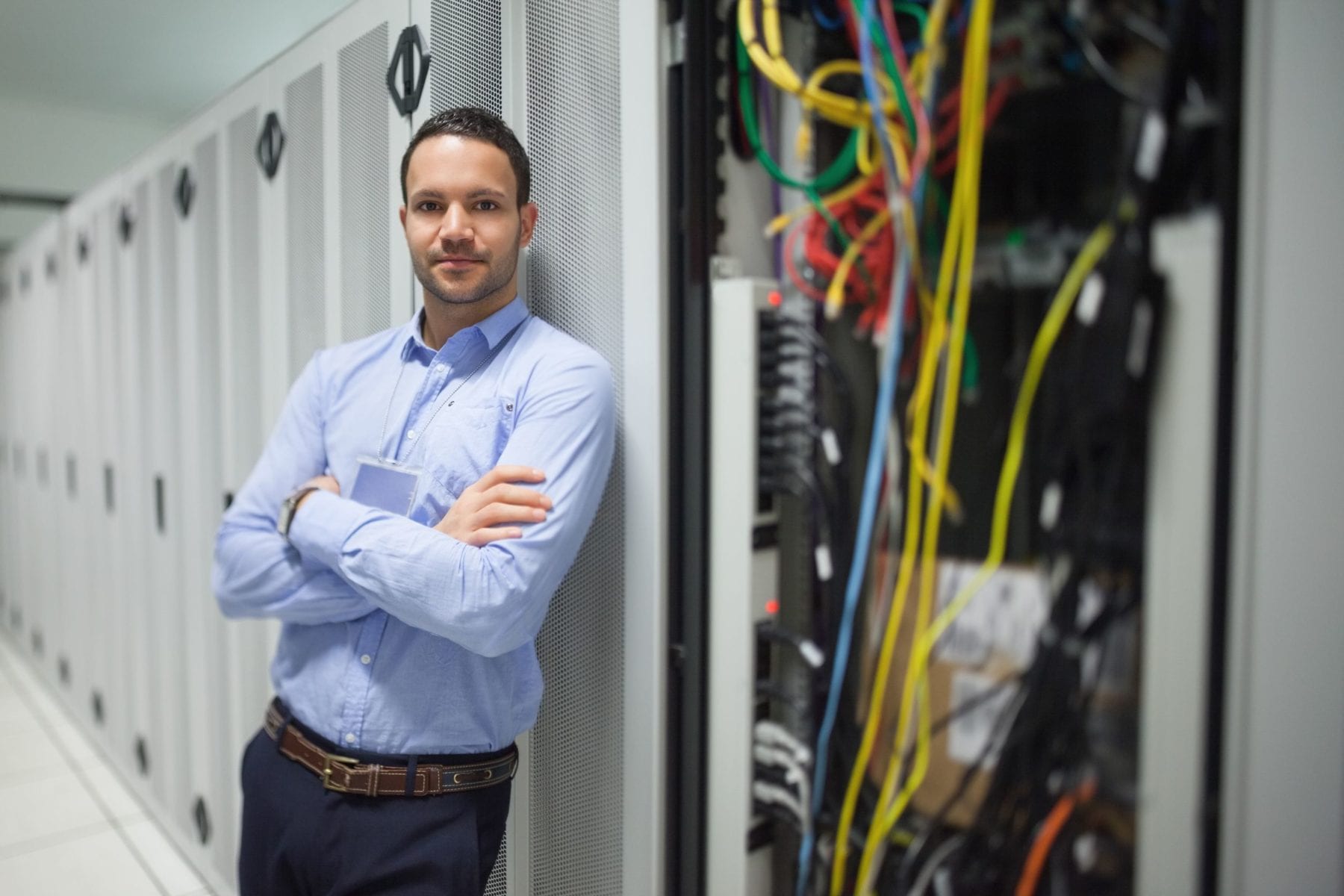 Now, if for ecological reasons we had forced Ford to maintain support and spare parts for the Ford Model T, we’d have a mix of cars on the road, some offering a level of safety far below modern standards. Same story for TV manufacturers. But things are not that simple, because you have to solve several challenges at the same time. In any case, and given the way things are done nowadays, a connected house means more waste, more pollution, and more money spent on equipment renewals every 3 or 4 years. Not to mention all the cloud system infrastructure needed to manage all the data this stuff generates. These equipment consumes huge amounts of energy. I’m not sure we’re winning on this one.
Now, if for ecological reasons we had forced Ford to maintain support and spare parts for the Ford Model T, we’d have a mix of cars on the road, some offering a level of safety far below modern standards. Same story for TV manufacturers. But things are not that simple, because you have to solve several challenges at the same time. In any case, and given the way things are done nowadays, a connected house means more waste, more pollution, and more money spent on equipment renewals every 3 or 4 years. Not to mention all the cloud system infrastructure needed to manage all the data this stuff generates. These equipment consumes huge amounts of energy. I’m not sure we’re winning on this one.
But there are solutions here, too. Since the dawn of time, we’ve known how to build extremely well-insulated homes that require little energy and for which an old-fashioned thermostat would suffice. But here again, we need real long-term political will to mandate that all homes be built this way, and I’m not sure whether this is compatible with electoral agendas. We also know how to design modular and upgradable products that require us only to change certain parts so the products can evolve, but that’s a cost that will have to be absorbed.
And since the small ones are unable to agree, since the people who govern us are too old or incompetent to understand the issues involved in smart devices, they’ve left the door wide open for the #GAFA to take matters into their own hands. #Amazon, #Apple, #Google, and #Zigbee have just teamed up to create a common protocol because they know that if they don’t, they’re heading for a commercial disaster. We already know they don’t care about ecological disaster.
Tell me what do you think?

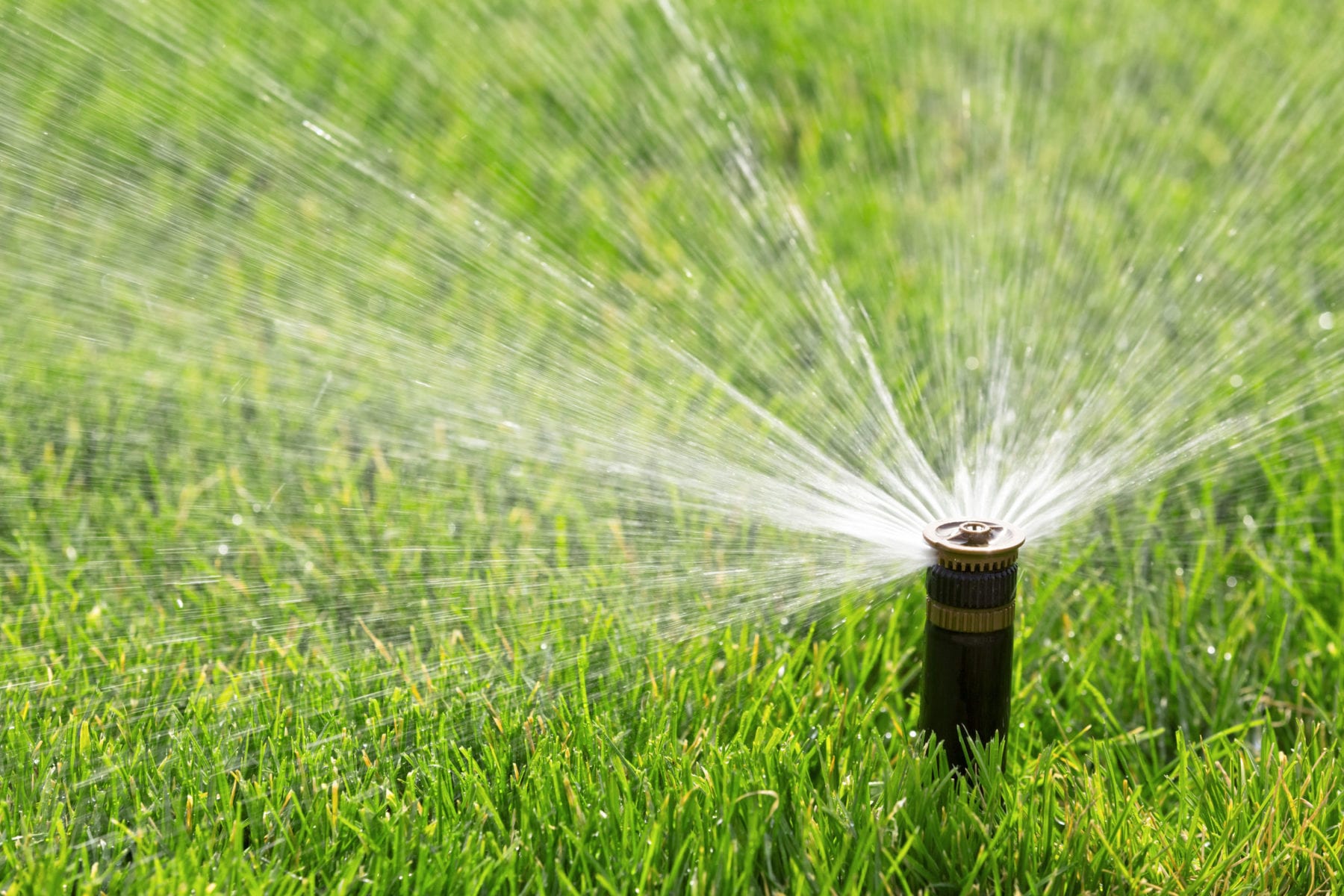
















Add comment